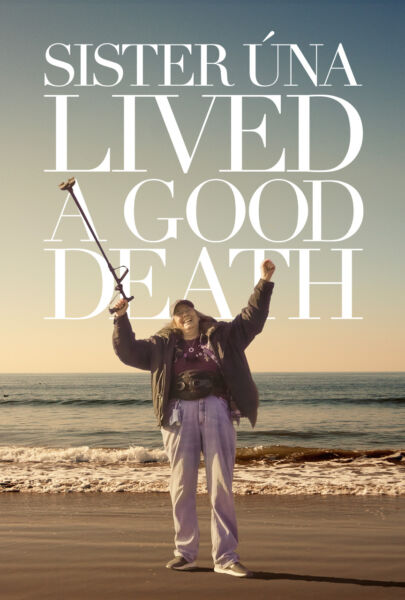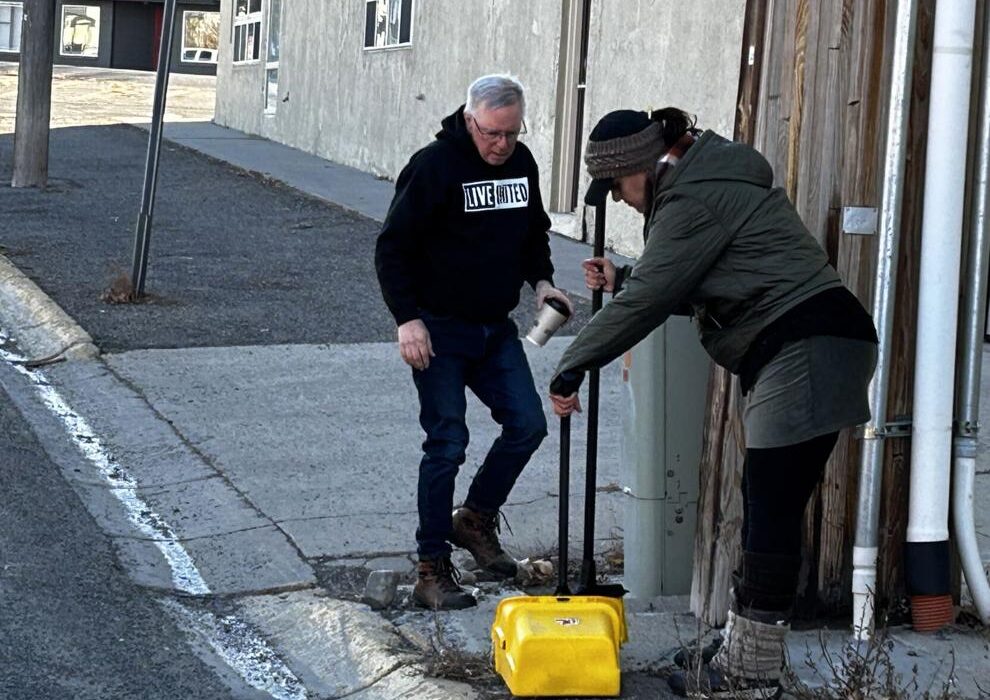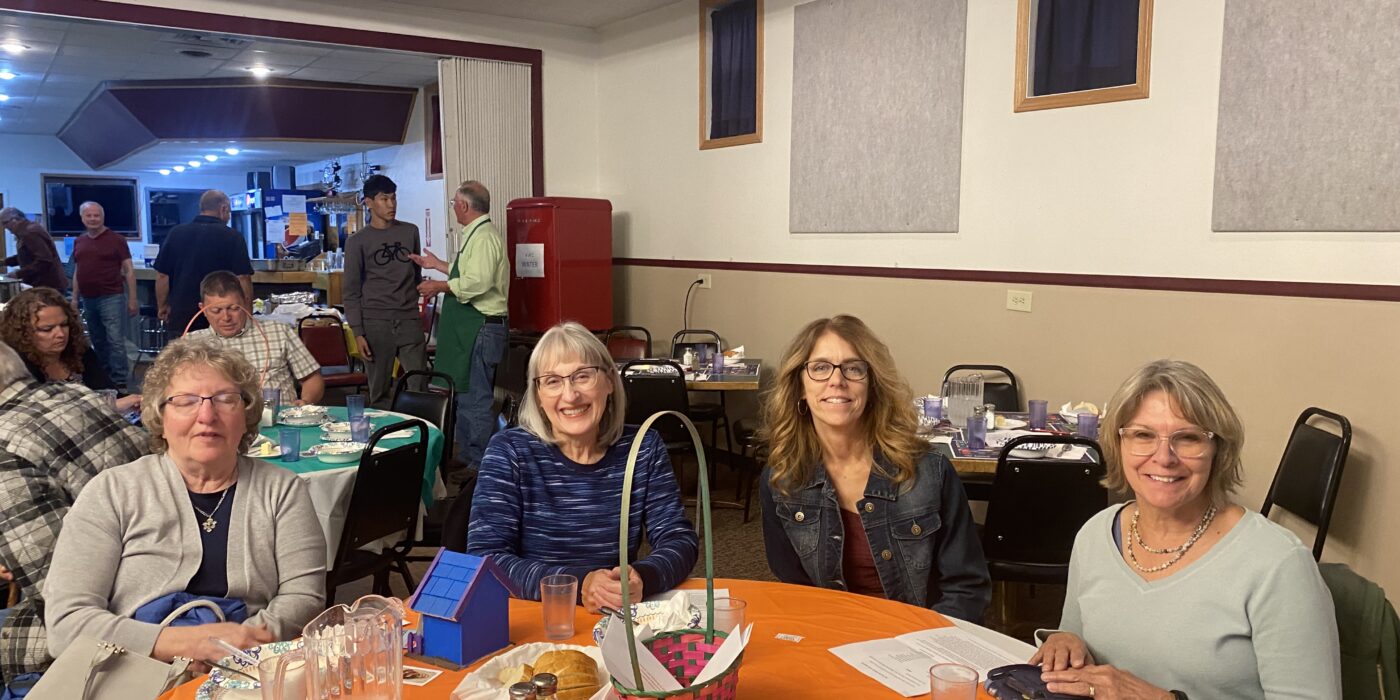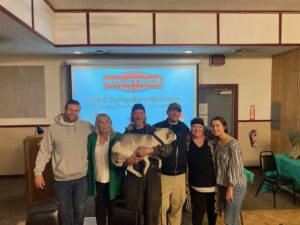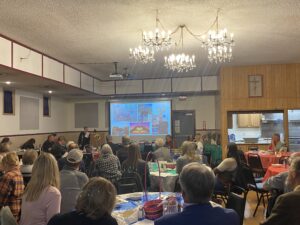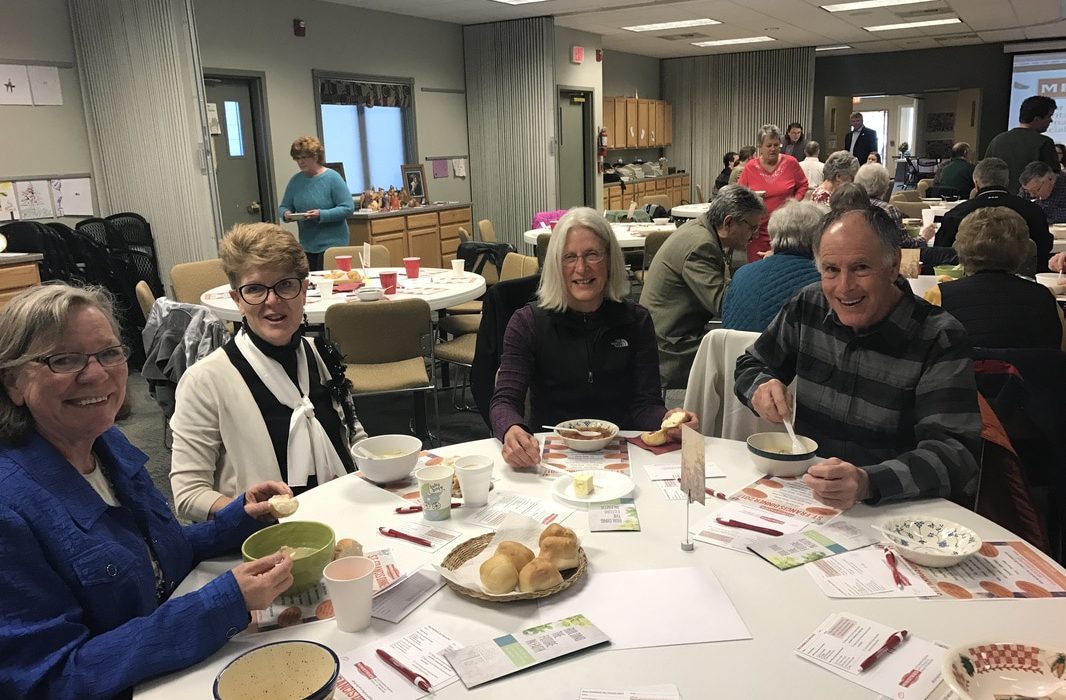GSM NEEDS Match Grant Funds Needed
GSM NEEDS Match Grant Funds Needed
We received grant approval from Montana State Fund for specialized equipment designated for our organization to continue to offer a clean and safe environment for staff, patrons and the community
Q: What’s the need?
A: There is a 50% match requirement! We require an additional $3,000 to purchase this industrial equipment as a match to the grant.
Q: What do we need the funds for?
A: We need an industrial floor cleaning machine for use in our store, office and common areas
STORE UPDATES:
• Summer Hours July-Oct. 1 9:00 AM—7:00 PM
• Dock Hours Tuesday-Saturday 10:00 AM-6:00 PM
SCHOOL’S IN SESSION EVENT: Sat. September 14 11:00 -3:00
SALES: Children’s clothing, school supplies ,
ACTIVITIES/ONSITE PHOTOGRAPHER: Join the party in our store!
DONOR UPDATES
First Quarter Projections Looking Solid!
According to our donor database, our community has helped us raise over $4500 between July 1 and August 14!
If we continue at this pace, we have the potential to raise $30,000 or more in donations! That’s a base salary for an outreach worker, financial assistance to secure housing, food or supplies for needful clients!
The possibilities are incredible!
August 2024
In this issue:
FEATURE: Ruth’s Space
NEEDS: Match Grant $
DONOR UPDATES: 1st Quarter
OPERATIONS NEWS:
Dock Hours extended;
School party! 9/13/24
GSM SUPERSTARS:
Our ED—Theresa Ortega!-
Ruth’s Place Has a Space!
Good news! After a year long wait, we found a solution and created a collaborative effort between Good Samaritan Ministries (the catalyst behind the shelter) and Family Promise of Greater Helena (the resources to get it moving) . We plan to break ground next month on Ruth’s Place—a women’s shelter in Helena! That new planned location is Family Promise at 2814 Cook Street, just off N Montana Avenue. The two agencies will share the space.
GSM SUPERSTARS
Executive Director Theresa Ortega nominated for Lumen Cristi Award
Since its inception in 1978, the award—presented by Catholic Extension Society, has been given to people who radiate and reveal the light of Christ present in the communities where they serve.
Our Executive Director was nominated for her leadership, and stewardship of funds and resources for the ongoing development of the social service programs funded through the successful GSM store operations!
TOGETHER THEY MAKE A DIFFERENCE!

 OU
OU 







